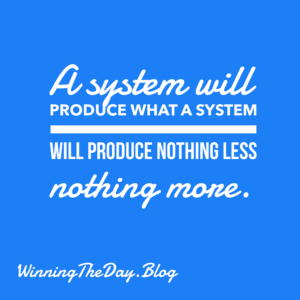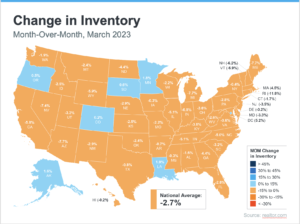We’re seeing a unique confluence of factors: declining mortgage rates alongside persistent buyer hesitation.
Market Overview:
Mortgage rates have fallen for six consecutive weeks, with 30-year fixed rates now averaging 6.63%. This is a positive development, driven by economic concerns impacting financial markets. However, despite this, buyer cancelations remain high, reflecting ongoing economic uncertainty and affordability challenges.
Implications for Sponsoring Brokers & Recruiters:
This market presents both opportunities and challenges for brokers looking to expand their teams:
Attracting New Agents:
- The allure of lower mortgage rates can be a powerful recruitment tool, particularly for those considering a career change. Emphasize the potential for increased buyer activity and the opportunity to help clients capitalize on favorable rates.
- However, be transparent about the market’s complexities. New agents need realistic expectations and robust training to navigate buyer hesitation and fluctuating market conditions.
- Provide strong support and mentorship to new agents, especially regarding lead generation and client management in a cautious market.
Attracting Experienced Agents:
- Experienced agents will be drawn to brokerages that offer strong marketing support, advanced technology, and comprehensive training to help them adapt to the current market.
- Highlight your brokerage’s ability to provide stability and resources during times of economic uncertainty.
- Show them how your brokerage will help them thrive in a market where persistence and strategic negotiation are paramount.
- Show them the numbers, including your brokerage’s market share, agent productivity, and average deal size compared to competitors.
- Show them your lead generation training or system and ensure they understand the pro’s and con’s of your approach.
Brokerage Considerations:
- Brokerages – consider investing in targeted training workshops or market analysis seminars to attract both new and experienced agents.
- Consider hosting open houses at your office, where you present real time market data, and show how to win in the current market.
- Provide tools and resources to help agents effectively communicate market trends and build client confidence.
- Focus on building a strong, supportive culture that fosters collaboration and knowledge sharing.
- Review and update commission and fee structures to reflect the current market conditions.
- In this shifting market, speed is key. Make sure your agents are enabled and empowered to react quickly to the ever changing market.
Key Takeaways for Brokers:
- The current market demands a proactive and strategic approach to recruitment and agent development.
- Transparency and robust support are crucial for attracting and retaining agents.
- Investing in training and technology will empower agents to succeed in a challenging environment.
- Market knowledge is key. Have data to back up your claims.
- Check out the market in your ZIP code or City by clicking here
I’m committed to helping you diagnose the data and determines its implications and action steps for you to win in this market.






